600 Miles Through the Most Surreal Landscapes on the Planet
When Elon Musk finally manages to land a human craft on one of the moons of Jupiter, the pictures that come back will probably look a lot like the landscape of Iceland.
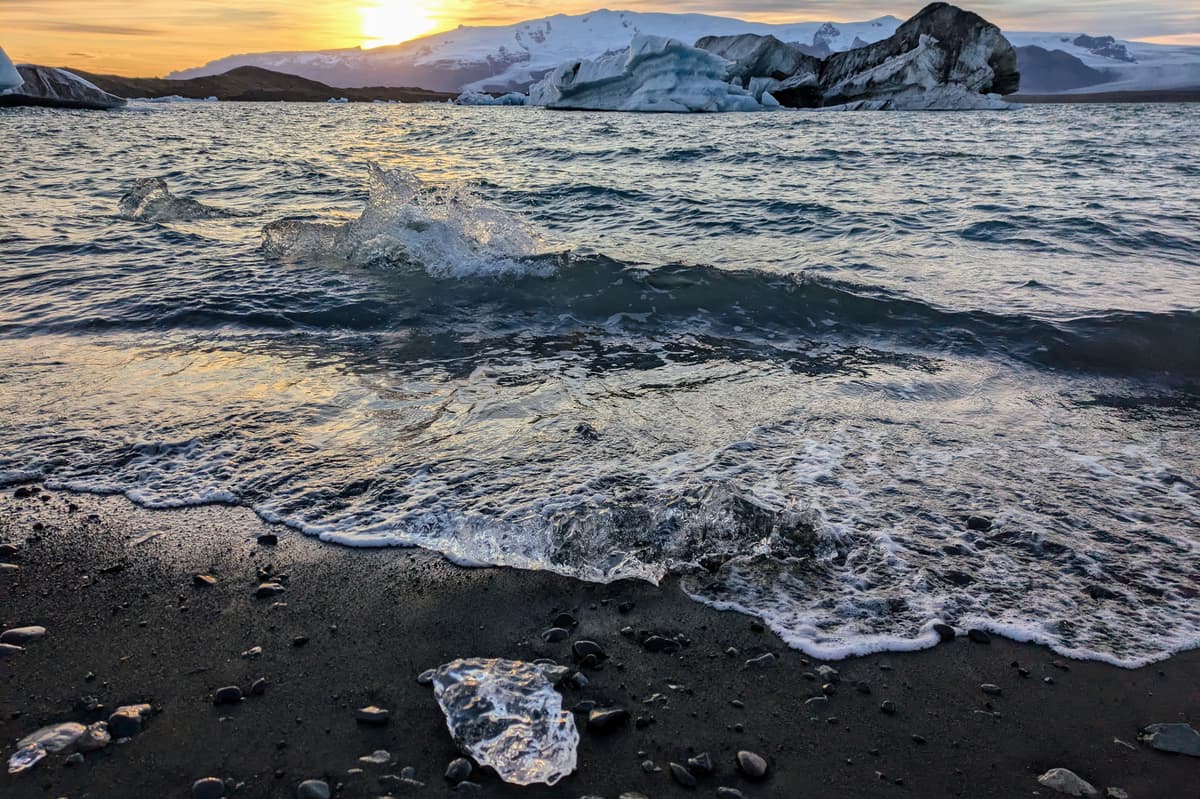
When Elon Musk finally manages to land a human craft on one of the moons of Jupiter, the pictures that come back will probably look a lot like the landscape of a forlorn island sitting at 66 degrees north latitude in the Atlantic — Iceland.
On the south coast of the island alone, there are lunar-like landscapes of black volcanic pebbles and dust stretching for miles in all directions and flat top mesa-like mountains with waterfalls cascading down their faces like so many silver streaks. Plumes of steam rise from wounds in the earth around pools of boiling gray mud that burp like bolognese on a stovetop above a low flame, and vast expanses of lichen- and moss-covered pillow basalt cascade down the sides of mountains to cover nearby plains as far as the shoreline. One really has to see it to believe it.
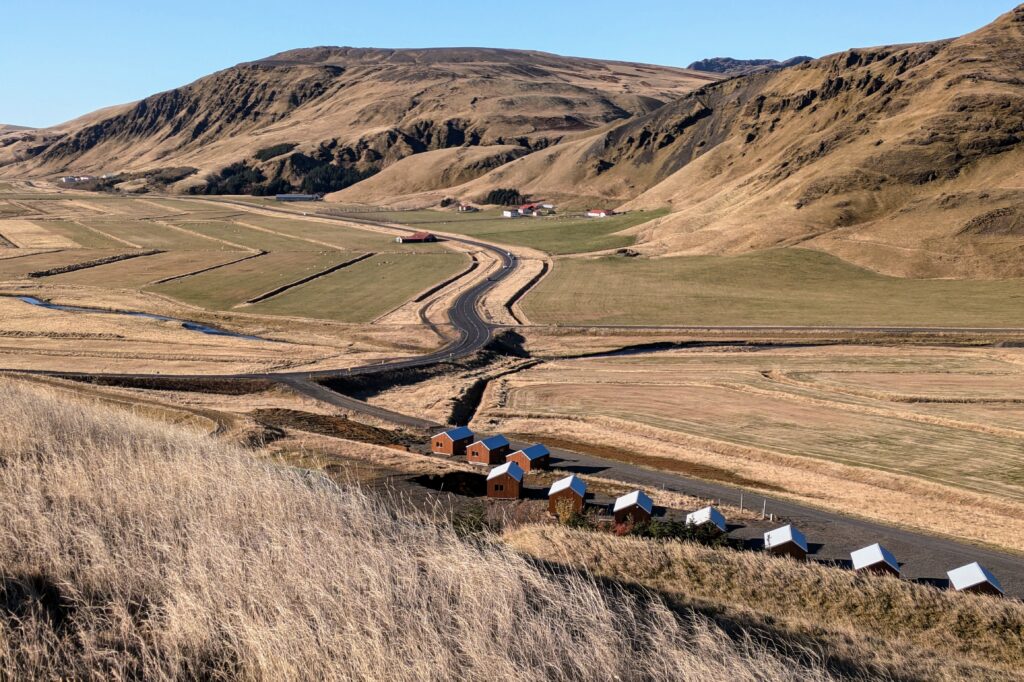
I last visited Iceland in 2009 when the country was bankrupt and hit most of the major tourist attractions near the capital, Reykjavik, but did not venture much further. My family of five did the famed Blue Lagoon, which Iceland has somehow managed to convince tourists is some sort of therapeutic natural spa when actually it’s filled with water discharged from a nearby geothermal plant. We went to the geysers and Gulfoss falls northeast of Reykjavik and even got a hot dog at the stand in the city center, Bæjarins Beztu Pylsur, that will forever be known as the place where Bill Clinton stopped.
A lot has changed in the past 15 years. There are so many tourists now that the industry accounts for nearly 9 percent of the country’s GDP. At times around some of the major sites, the sound of Gortex-wrapped thighs scraping against each other drowns out the sound of the nearby waterfalls. And it is a lot more expensive. Insanely expensive. A gin and tonic at a modest pizza joint in one small town we spent a night was nearly $17 and a gallon of gas will set you back almost $9.
This time we decided to rent a car and venture further afield at our own pace and direction instead of being beholden to guided tours. October is supposed to be the shoulder season with fewer tourists and there’s a low-cost carrier, Play Airlines, that flies direct to the island from Stewart Airport in New York’s Hudson Valley.
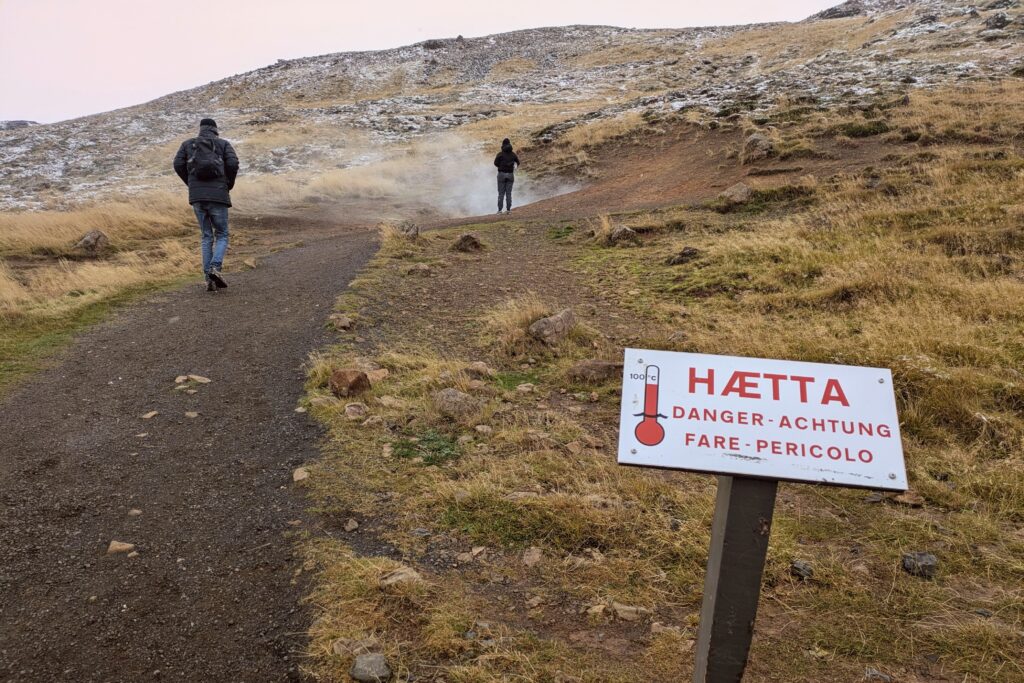
My grown son and I landed before dawn and drove off from Keflavik Airport in a rented 4WD in the middle of a snowstorm. The weather is the most unpredictable thing about Iceland. It can be beautifully calm and sunny as it was for our long weekend (after the first morning’s snow) or there can be gale force winds, driving rain, and sub-zero wind chills that make the experience much less pleasant. It’s a complete roll of the dice.
East of the capital is a region known as a hotbed of geothermal activity. Immediately off Highway 1, the ring road that encircles the entire island, are little parks with raised metal walkways weaving among plumes of steam emerging from fissures in the earth and stone cauldrons filled with bubbling gray mud. The acrid scent of sulfur is almost overwhelming. Everywhere are signs warning visitors not to stray from the walkways and that the water temperature in some of the springs is 212 degrees fahrenheit.
Many farms along the highway are covered with greenhouses glowing even during the day with bright orange grow lights. Warmed by the same geothermal vents, they provide much of what little fresh produce can be grown on an island with a growing season that lasts barely three or four months in the south.
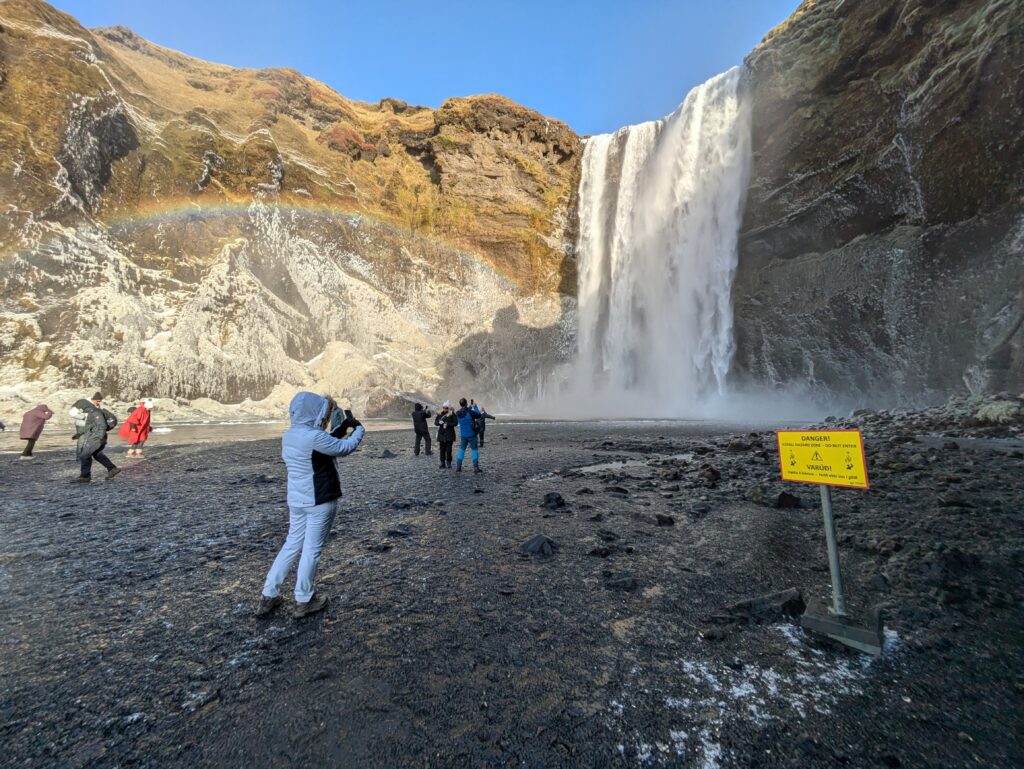
The faces of the mesa-like mountains that dot the plains southeast of Reykjavik are almost all streaked with waterfalls that draw throngs of tourists even in inclement weather. Near one of those waterfalls, Seljalandsfoss, there is even one that flows vertically — dropping down the face of the mountain into a small stone pool and reemerging from a fissure in the rock just downstream about 30 feet into the air.
A few miles down the road from the falls is one of the more bizarre tourist attractions in Iceland. American military forces were based in Iceland between 1951 and 2006 and an aircraft from one of those bases suffered a hard landing on an airstrip in 1969 from which it did not recover. The carcass of that plane now sits in a field of tall brown grass a couple of miles off the ring road, and is surrounded for much of the day by influencers taking pictures of it for some inexplicable reason.
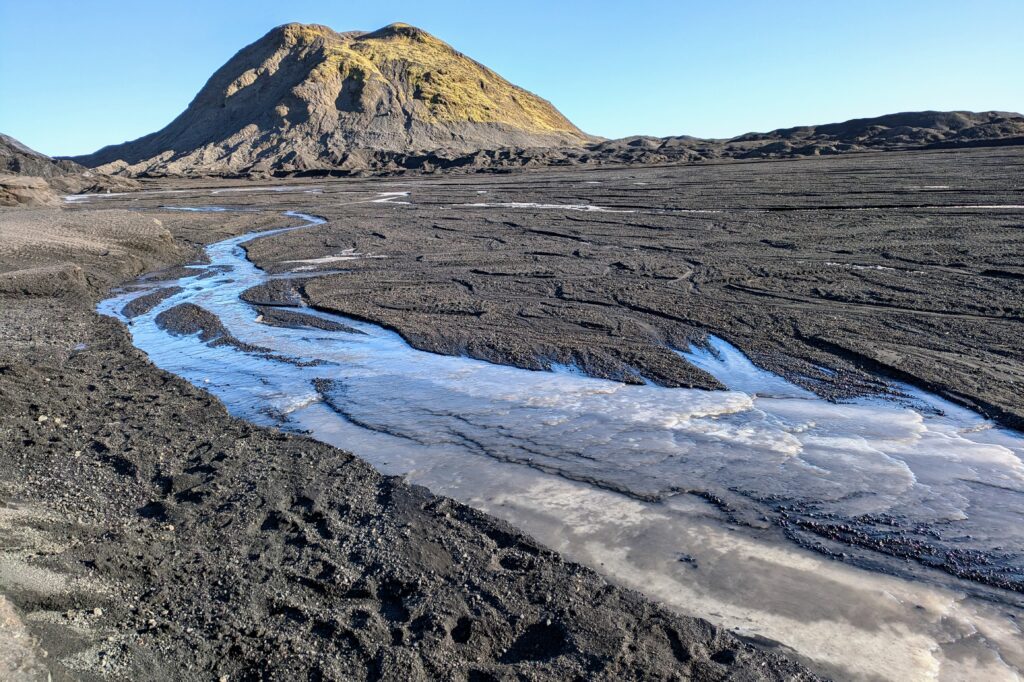
Farther east on the ring road, past the small village of Vik, the highway narrows as it passes over miles of pillow basalt spewed out from a nearby glacier-capped volcano. Its name, Mýrdalsjökull, is all-but unpronounceable for English speakers.
The two-lane highway is fairly treacherous at this point, with trucks and tour buses crowding a road without guardrails that regularly sees wind gusts of 70 mph during stormy weather. In 2015, the gusts were clocked at 141 mph. Iceland’s meteorological office regularly issues warnings about driving during such conditions to keep the tourists in camper vans out of trouble, but the drivers of one SUV we passed apparently ignored those warnings and abandoned their vehicle on its side in a roadside ditch.
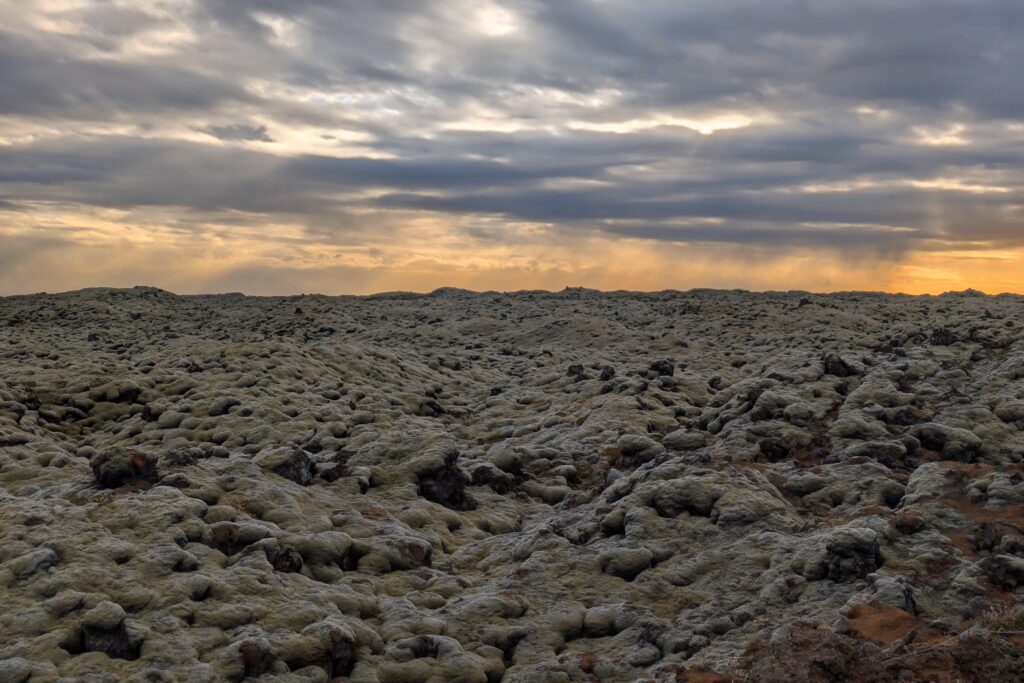
After emerging from the seemingly endless stretch of hardened lava, the road winds through the hills around an even larger icecap, Vatnajokull, that empties into an oceanside bay popularly known as Diamond Beach. Chunks of ice, some the size of basketballs and others the size of school buses, cleaved from the glacier are polished in the bay and litter the black sand beach like jewels. Iceland’s striking beauty brings with it one particularly modern annoyance — people buzzing every conceivable sight with drones in a never-ending quest for social media cachet. A couple of these influencers ignored the No Drones signs at Diamond Beach and were buzzing the small icebergs during our entire visit.
On our final day, we opted to get off the main road with the help of someone who actually knows what they are doing and where they are going in the unforgiving environment. We boarded a van sporting oversized tires with a few other visitors and veered off the main road near Vik into the sea of grass and black sand surrounding the Katla volcano.
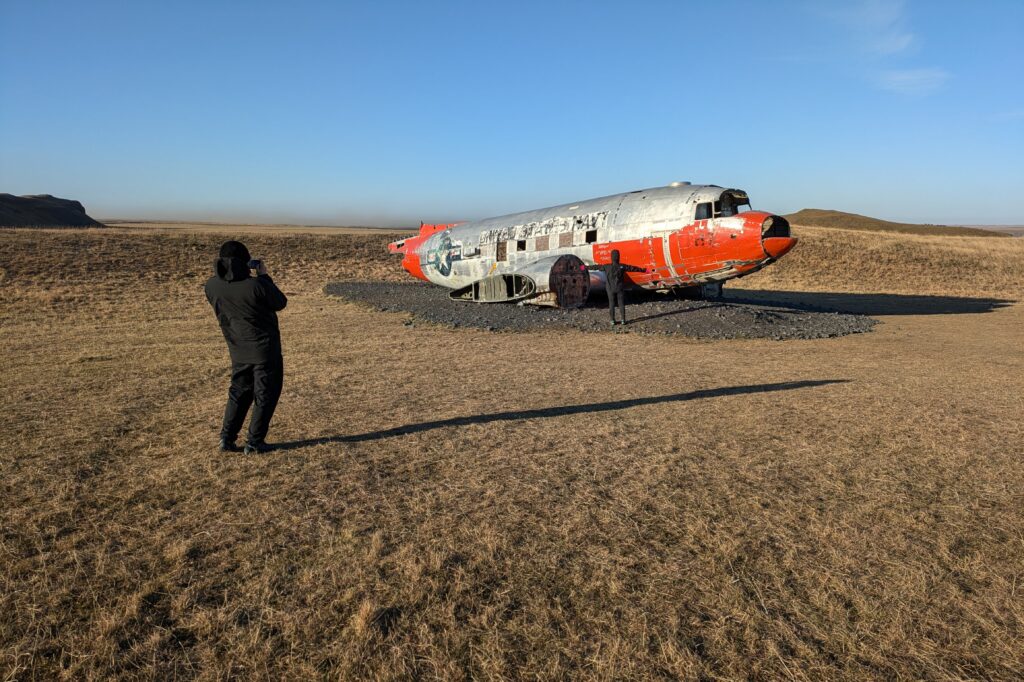
Katla, also capped by ice, hasn’t erupted much in the last century and is overdue, our guide informs us. The last time it blew, in 1918, he says, the ice cap collapsed into a crater full of molten lava and immediately melted. The subsequent glacial flood sent a 200-foot wall of water mixed with volcanic sand and rocks down the sides of the mountains and across the nearby plains.
Bouncing along in the van on our way back to the car, it was easy to imagine the surrounding flats being on another planet. For as far as the eye could see it is a flat black expanse littered with boulders of varying sizes spit from the snow-covered crater a century ago. Mr. Musk might be well-served to send his space planners to Iceland to test out whatever vehicles he has planned for those moons of Jupiter.

